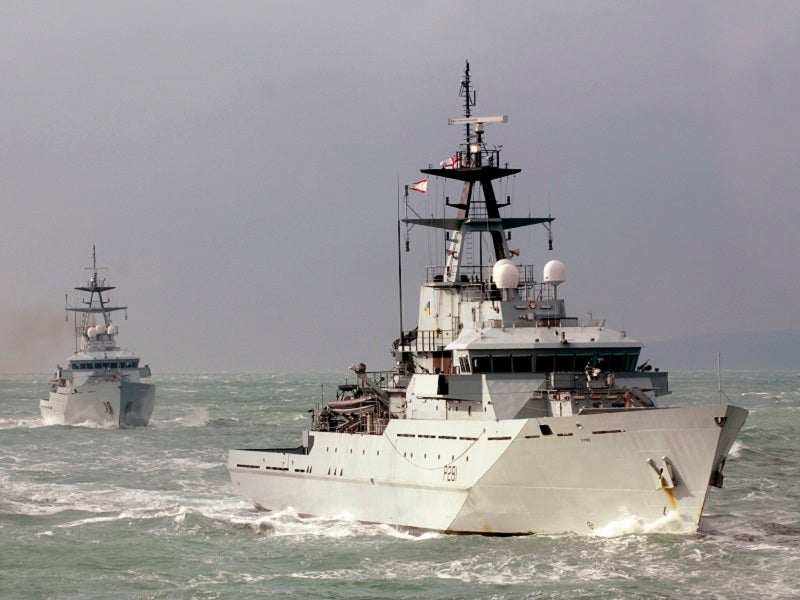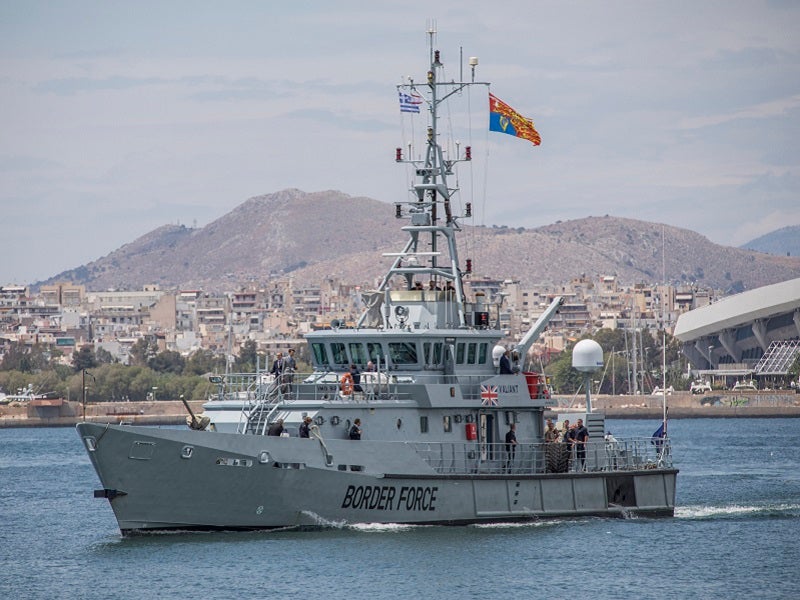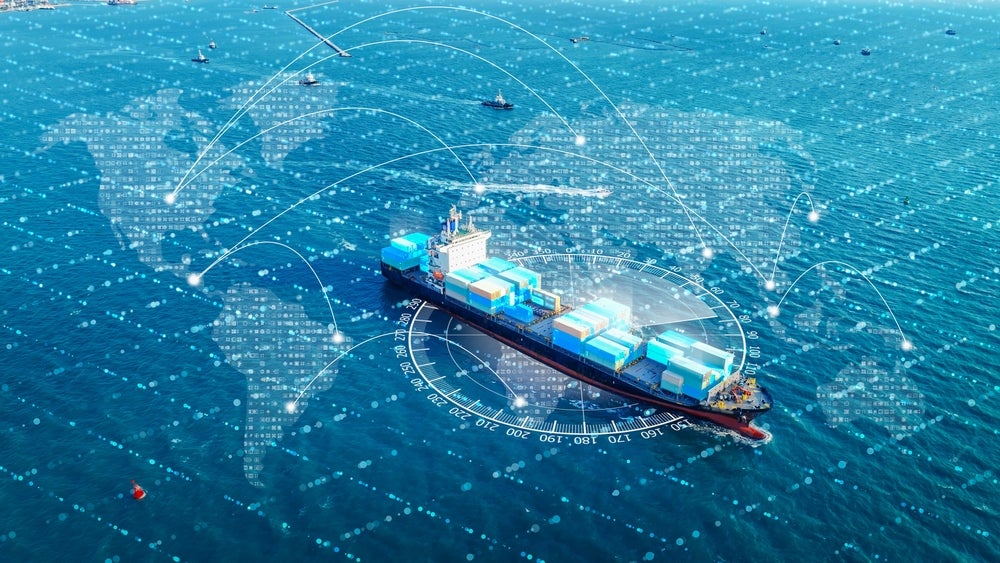
The UK Ministry of Defence (MoD) is looking to an upcoming review of Operation Isotrope, the military contribution to the counter-illegal migration mission in the Channel, as a point at which it could begin to extricate itself from the programme.
Illegal maritime migration from France to the UK has increased in recent years, with 28,526 individuals making landfall after crossing the Channel in 2021, mainly via the Dover Strait. As of 12 July this year, 13,729 individuals have arrived on UK shores from migrant craft.
A total of 8,461 people arrived across the Channel in the whole of 2020, according to a March report by the Defence Committee. In the 24-hour period of 00:00 to 23:59 12 July this year, 259 migrants were detected across six craft, with no vessels known by the MoD involved in uncontrolled landings.
The MoD took over command and control (C2) of the counter-illegal migration mission in the Channel in February this year and provides nearly 200 personnel to Operation Isotrope, mainly drawn from the high-readiness British Army battalion in the southeast of the country. In addition, one Batch 1 River-class offshore patrol vessel (OPV) and up to four P2000 inshore patrol vessels are able for tasking when intelligence indicates a high chance of migrant crossings being made.
The high freeboard of the Royal Navy’s Batch 1 River-class OPV means that the platform is not directly involved in interdicting suspected illegal migrant vessels but acts as an on-site C2 platform.
Since the Royal Navy began counter-illegal migration under Operation Isotrope, a single known migrant vessel has made what was described as an uncontrolled landing on UK shores, effectively without naval or Border Force escort. The migrants landed near Dungeness nuclear power station and were picked up by the civil nuclear police service.
How well do you really know your competitors?
Access the most comprehensive Company Profiles on the market, powered by GlobalData. Save hours of research. Gain competitive edge.

Thank you!
Your download email will arrive shortly
Not ready to buy yet? Download a free sample
We are confident about the unique quality of our Company Profiles. However, we want you to make the most beneficial decision for your business, so we offer a free sample that you can download by submitting the below form
By GlobalDataMoD seeks release
Speaking before the UK’s Defence Select Committee on 12 July, James Heappey, Minister for the Armed Forces at the MoD, said during the January 2023 review of Operation Isotrope, efforts would be made to “release” the Royal Navy from the role.
“We are applying all the pressure we can to partners across government to ensure their recruiting and capacity development is sufficient to release the Royal Navy from that task as soon as possible from that point,” Heappey said.
The UK Home Office would likely reassume responsibilities for mission, however a shortage of trained personnel and surface assets could delay any such handover. The March Defence Committee report revealed the Home Office Border Force Maritime Command’s fleet included five cutters and six coastal patrol vessels.

Each cutter carries a jet driven rigid-hull inflatable boat capable of delivering a boarding team.
However, the nine-month training pipeline for Border Force personnel means that any capacity increase from the Home Office is not likely to be achieved prior to the review, meaning that MoD assets and personnel could be set for an extended period commanding Operation Isotrope.
While new Border Force surface vessels are planned, it is not known what design they could come from, neither the shipyard of manufacture or estimated delivery timetable. The five current Border Force cutters are based on the Stan Patrol 4207 design from Damen in the Netherlands, first entering service in 2001.
Push back on proposed push-back tactic
Meanwhile, it emerged that Royal Marine personnel had trained in possible “soft-kinetic” practices to push back or deter migrant vessels, in a similar manner as has been seen in the waters off Greece or Australia. However, given the nature of the environment with the Dover Strait, which is the world’s busiest shipping lane with around 400-500 vessel passing through it each day, and the lack of clear sea space caused by the maritime traffic separation scheme, it was decided that such tactics would be unsuitable.
All maritime operators, civilian and military alike, have an obligation towards Safety of Life at Sea, or SOLAS, protocols. This means that vessels and persons deemed to be in a hazardous or distressed situation must be assisted, which often means UK forces escorting them safely to shore.
“Everyone in the MoD was very concerned about [a possible] reputational risk to the navy… doing push-back tactics or any other sort of soft kinetic in the Channel. We said we wouldn’t do it,” Heappey said.
While France has sought to deter migrant traffic and people smuggling from its shores, it has long been a bone of contention between London and Paris, with the former suspecting that more could be done to deter such crossings. The craft used for such crossings, often inflatable boats, are usually dangerously overloaded by people traffickers looking to exploit would-be migrants.
Heappey said that “every single” migrant vessel that enters UK waters is considered to be in distress, and therefore requiring of a response in line with SOLAS.
“You could ask questions as to why neighbours on the other side of the Channel don’t consider those [migrant] vessels to be in distress,” Heappey said.







